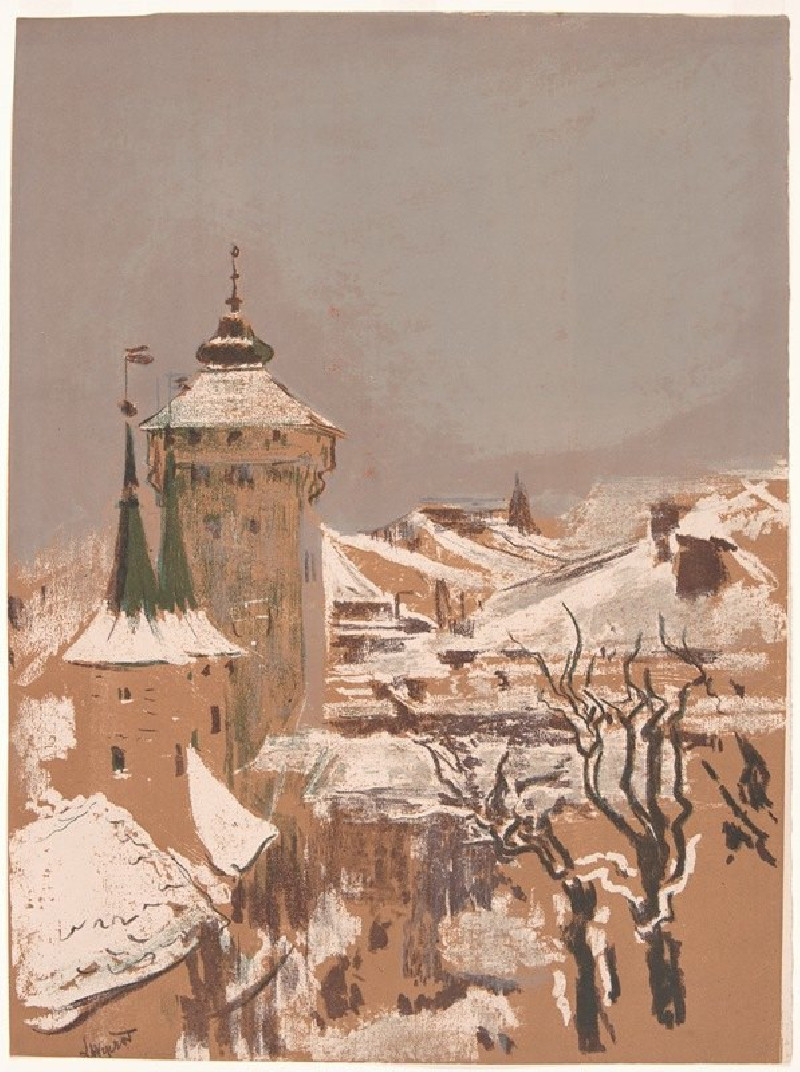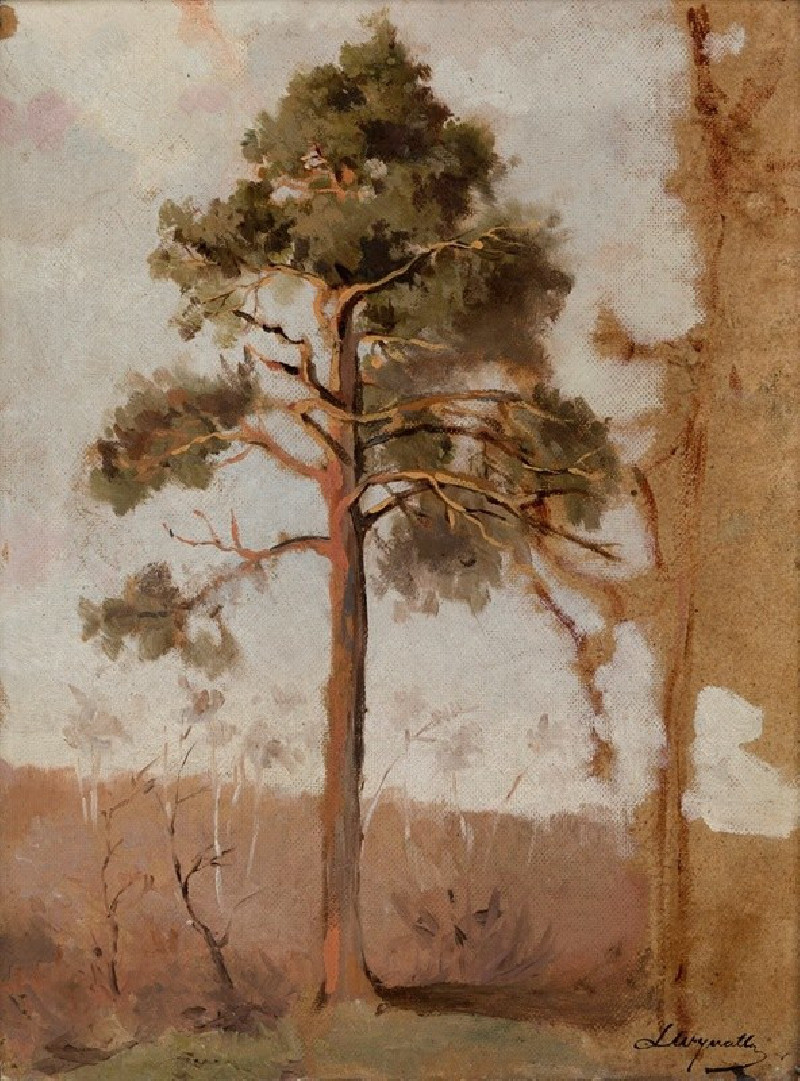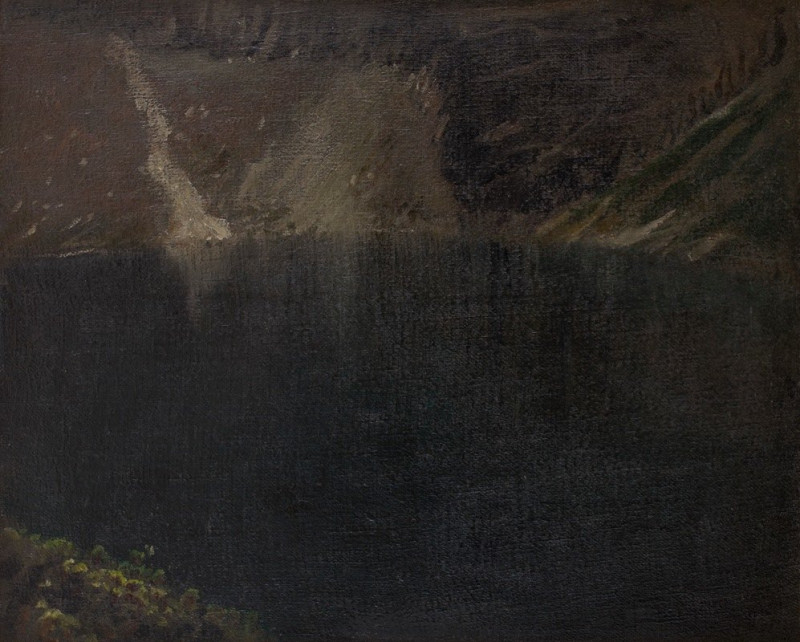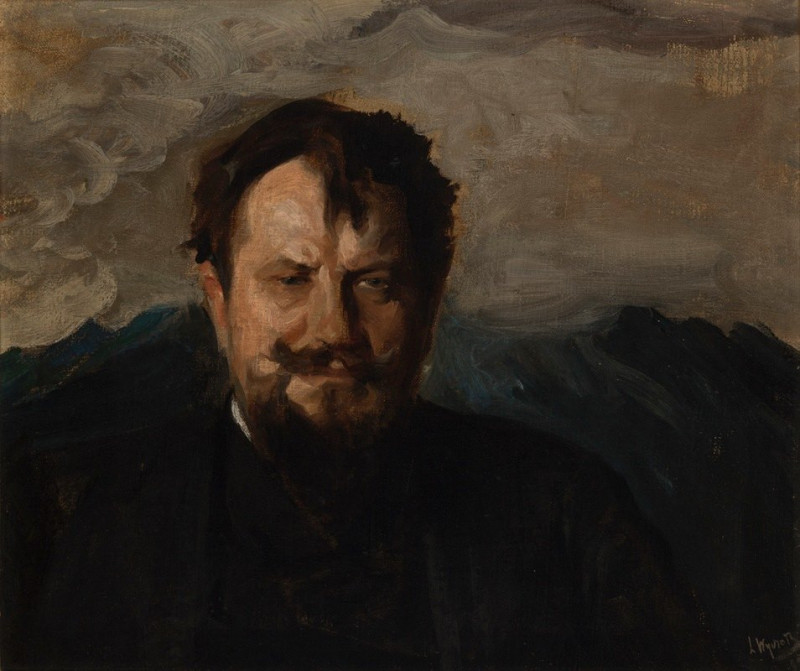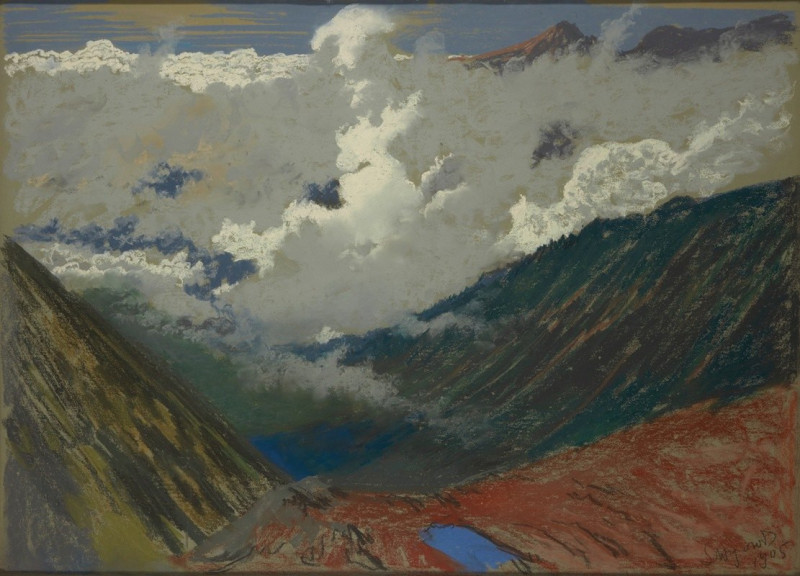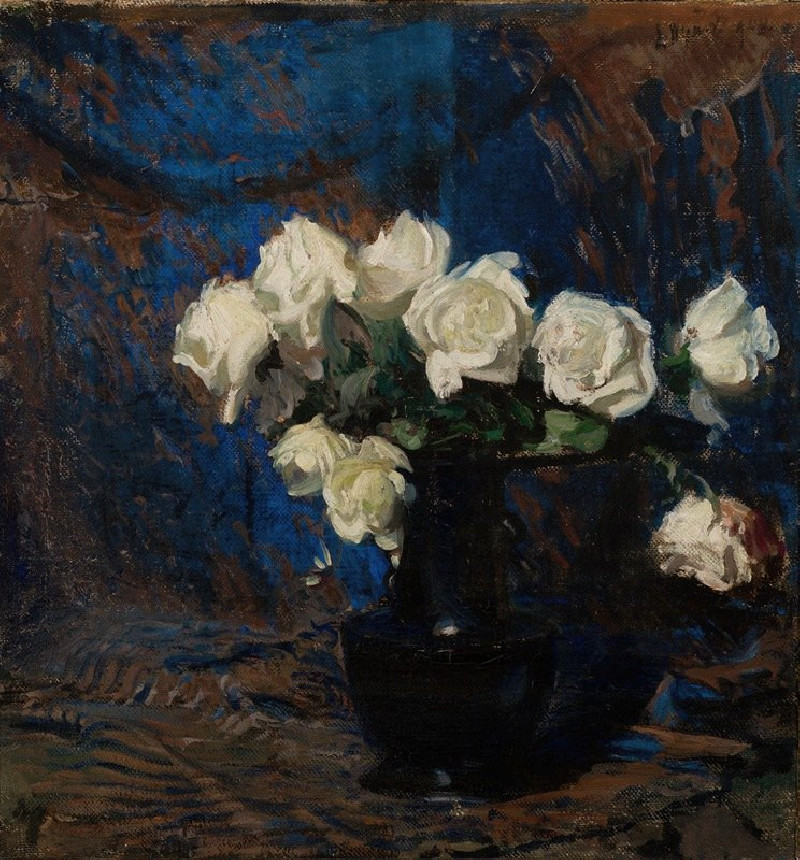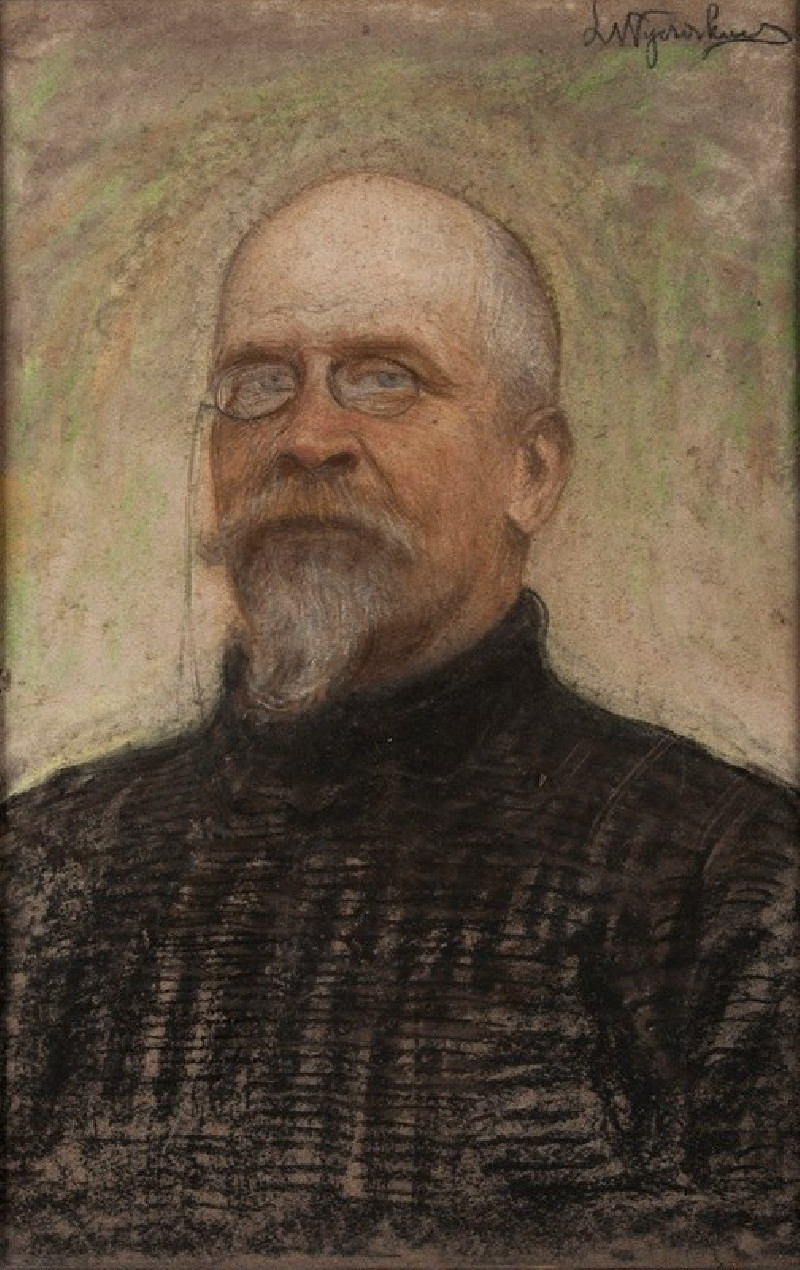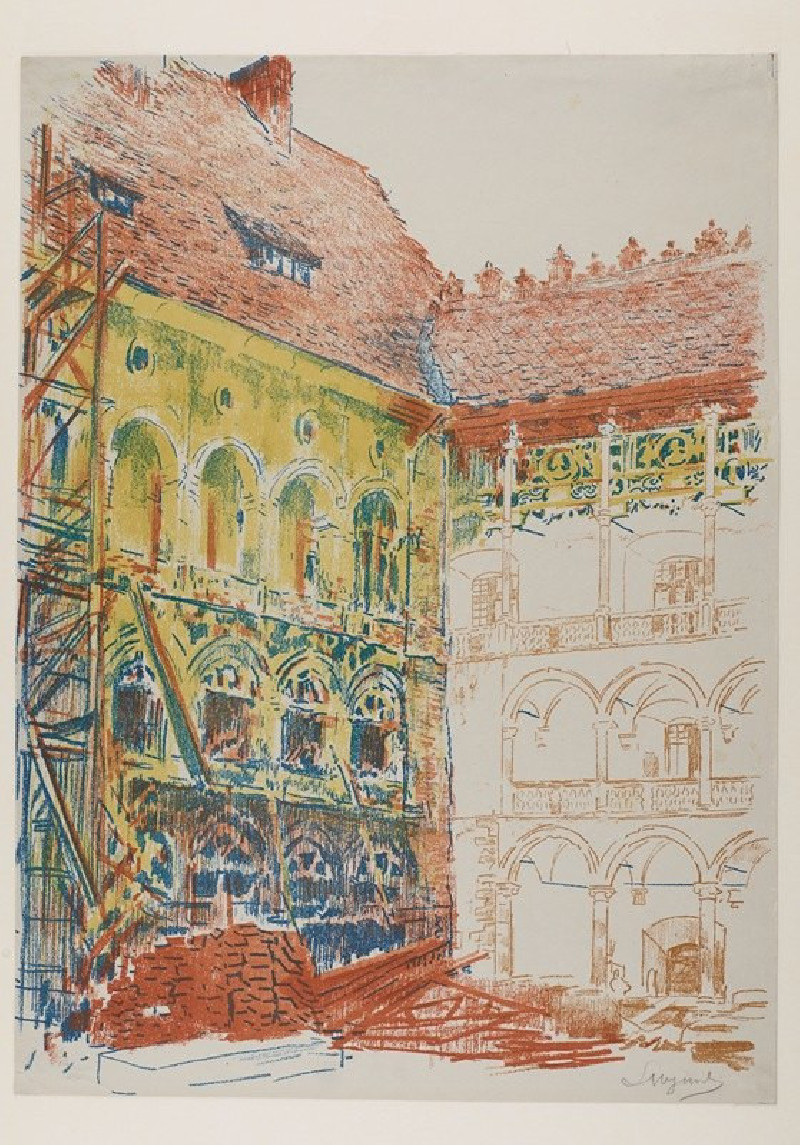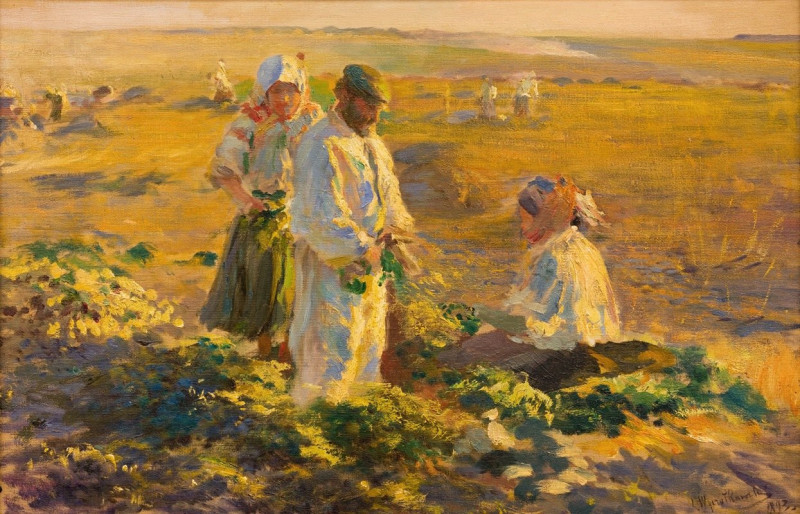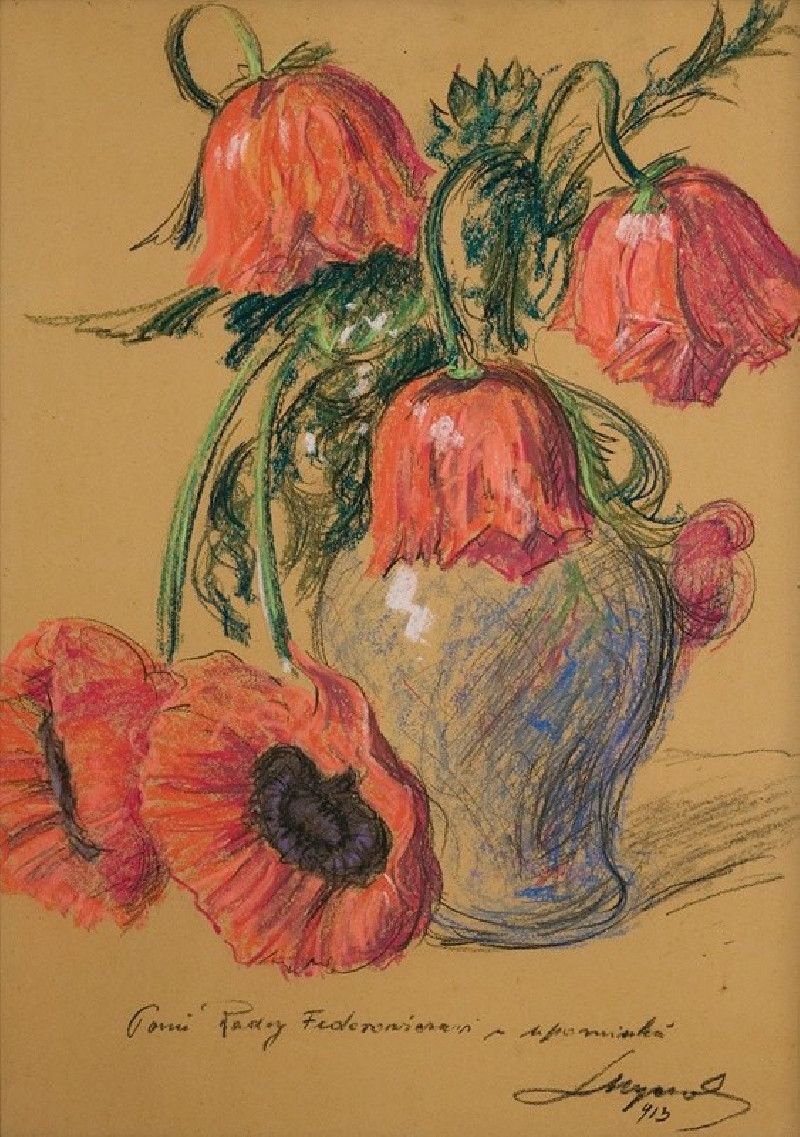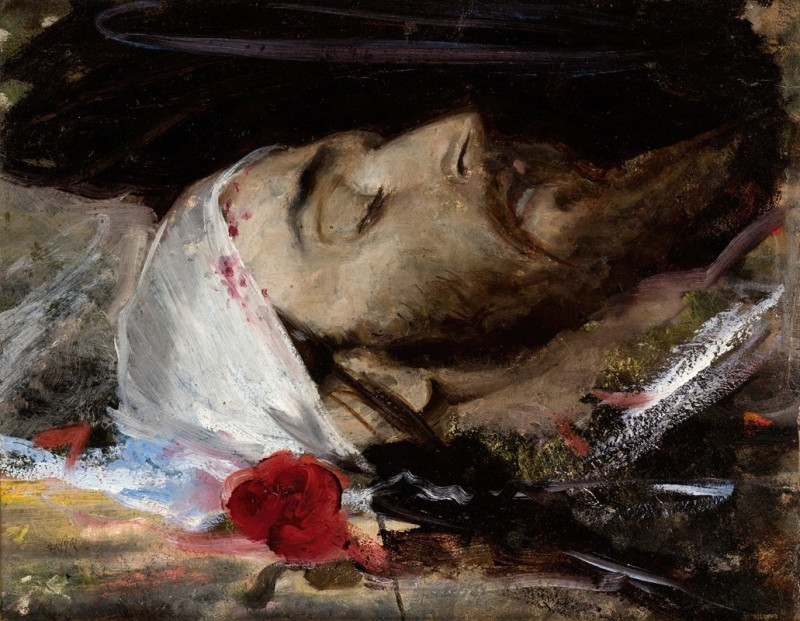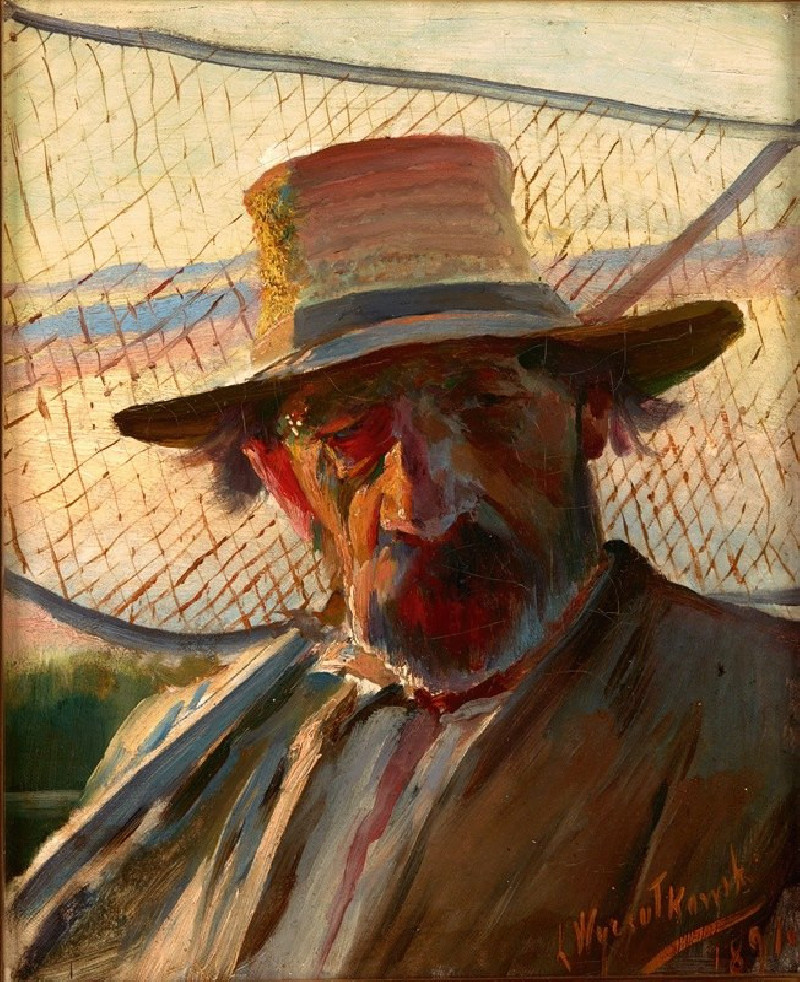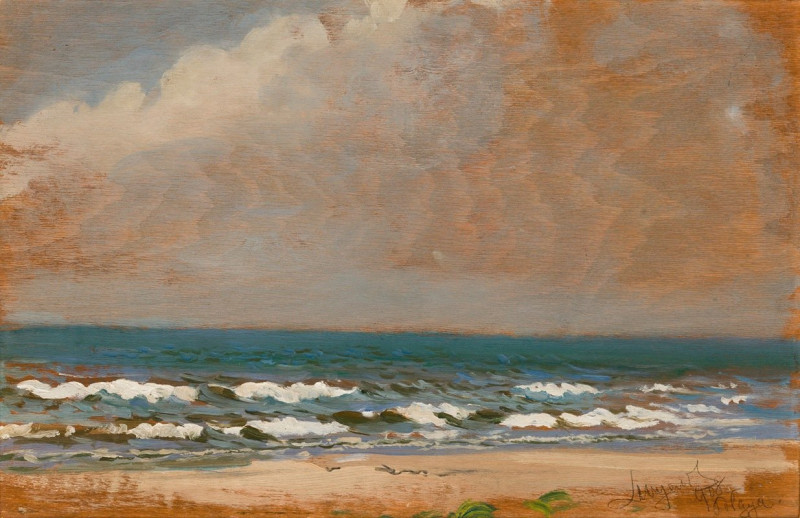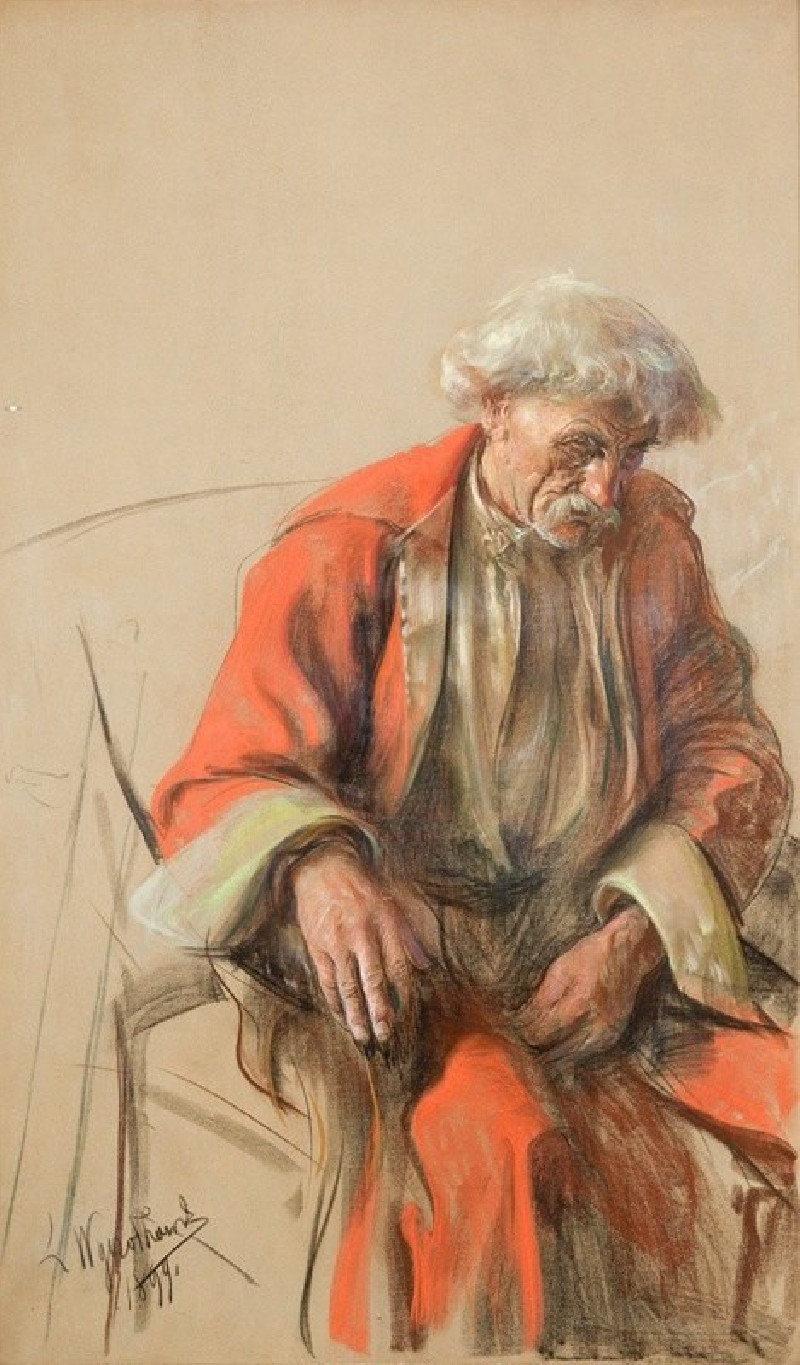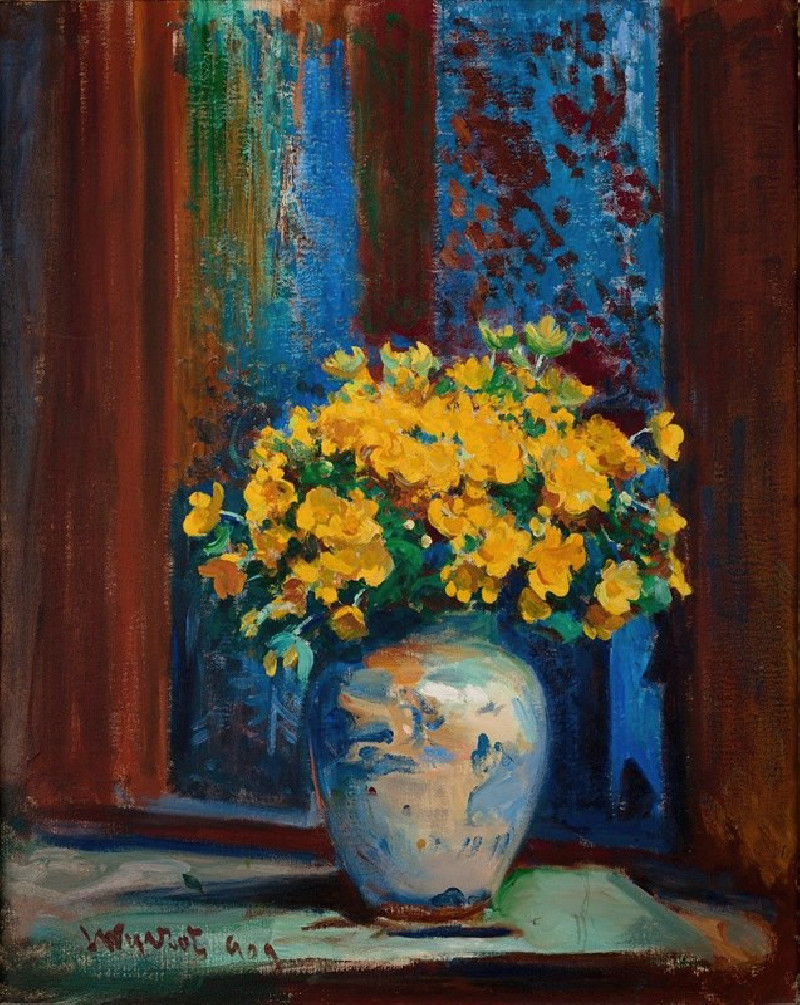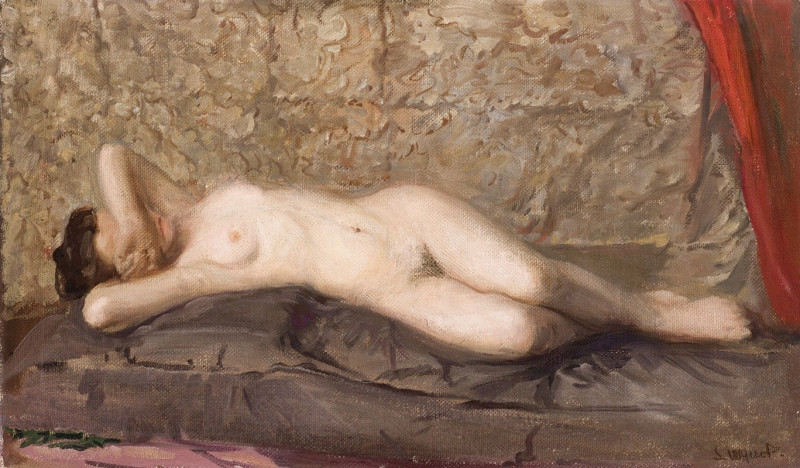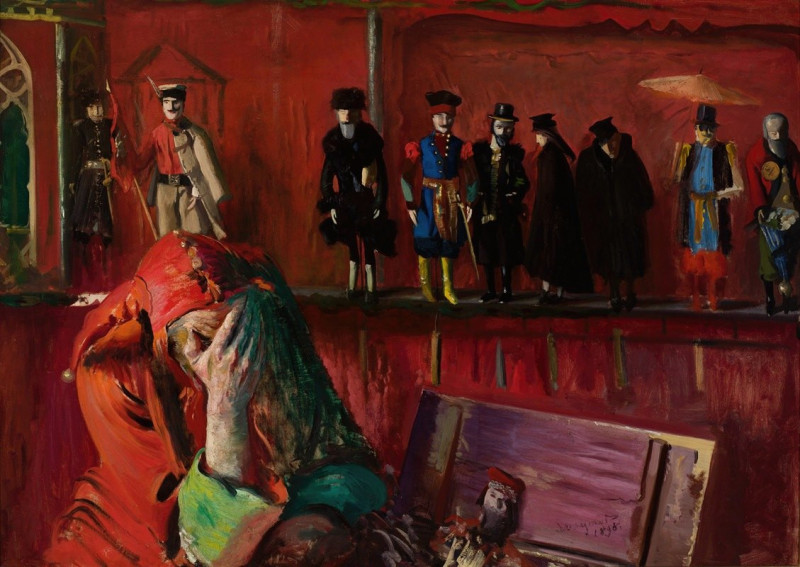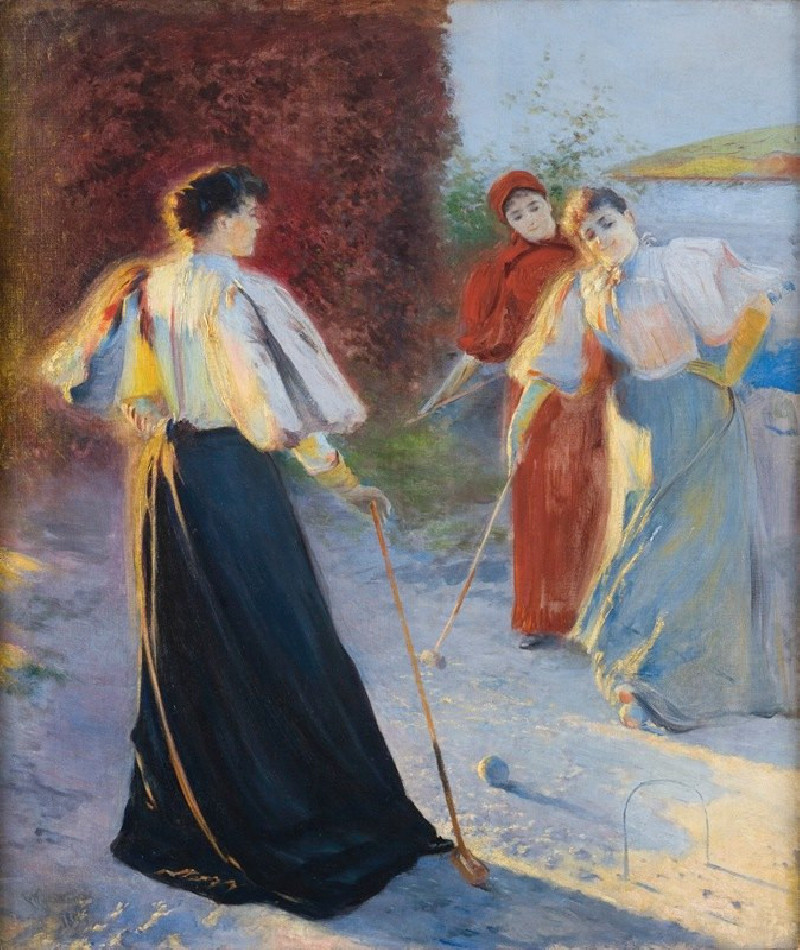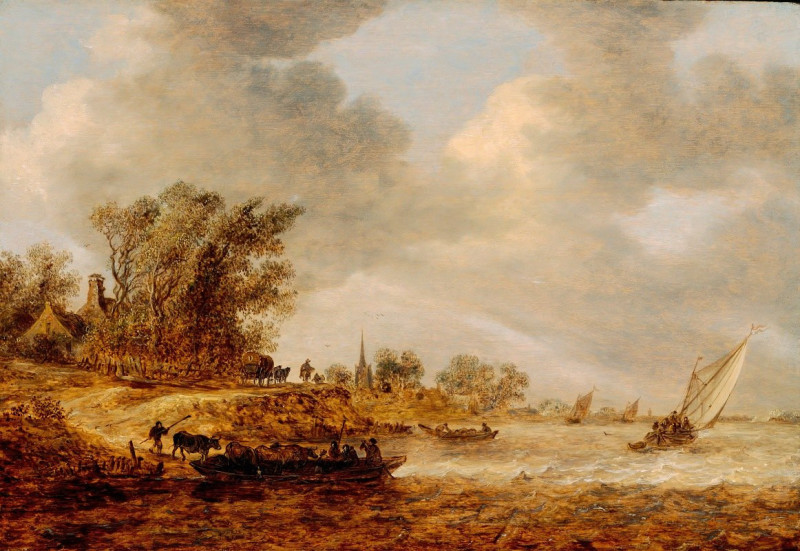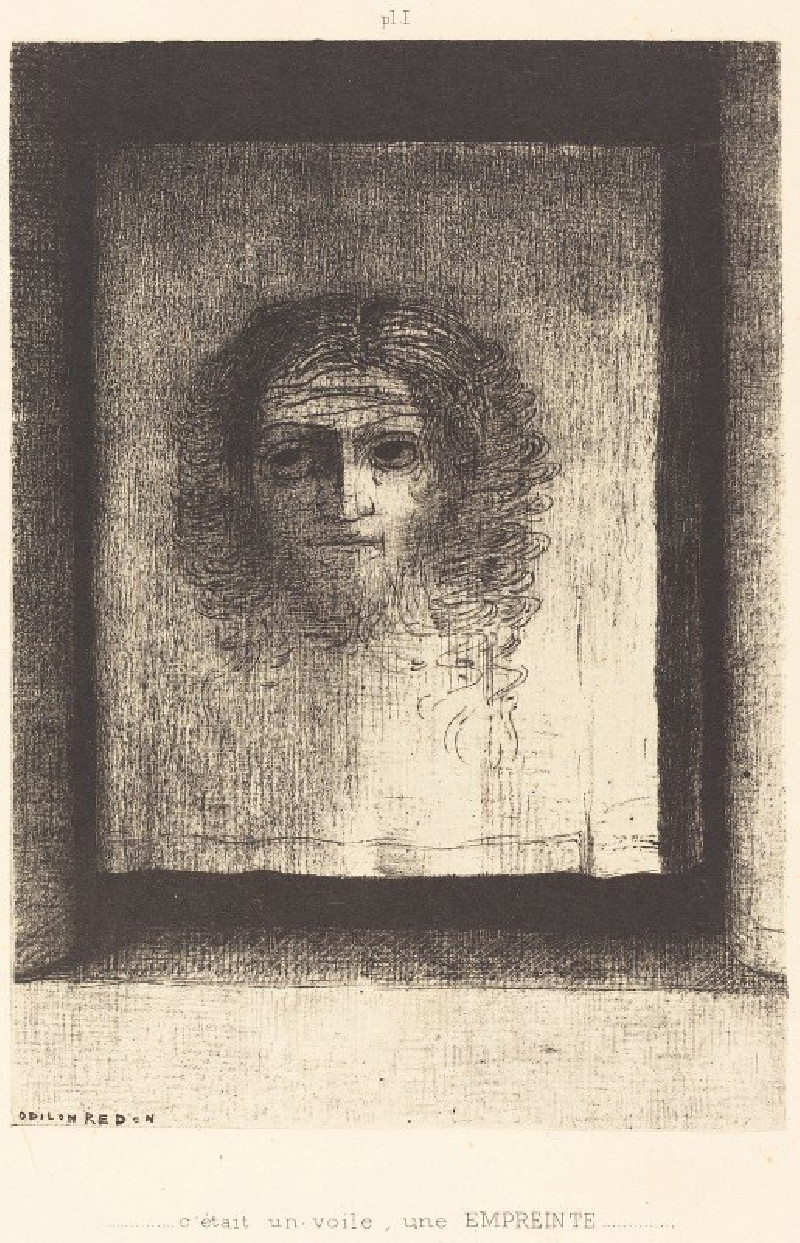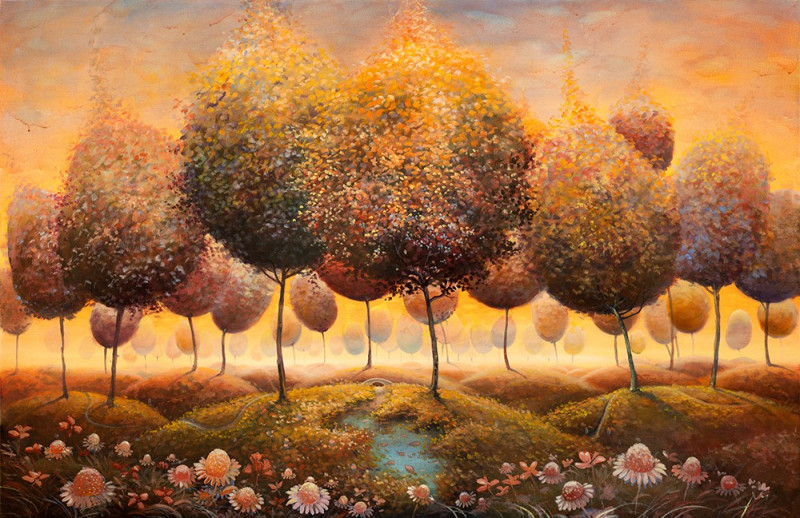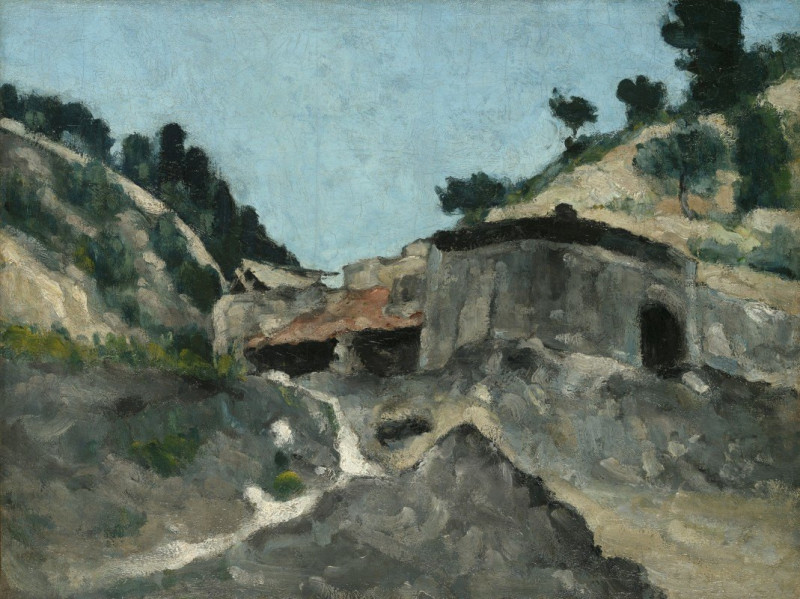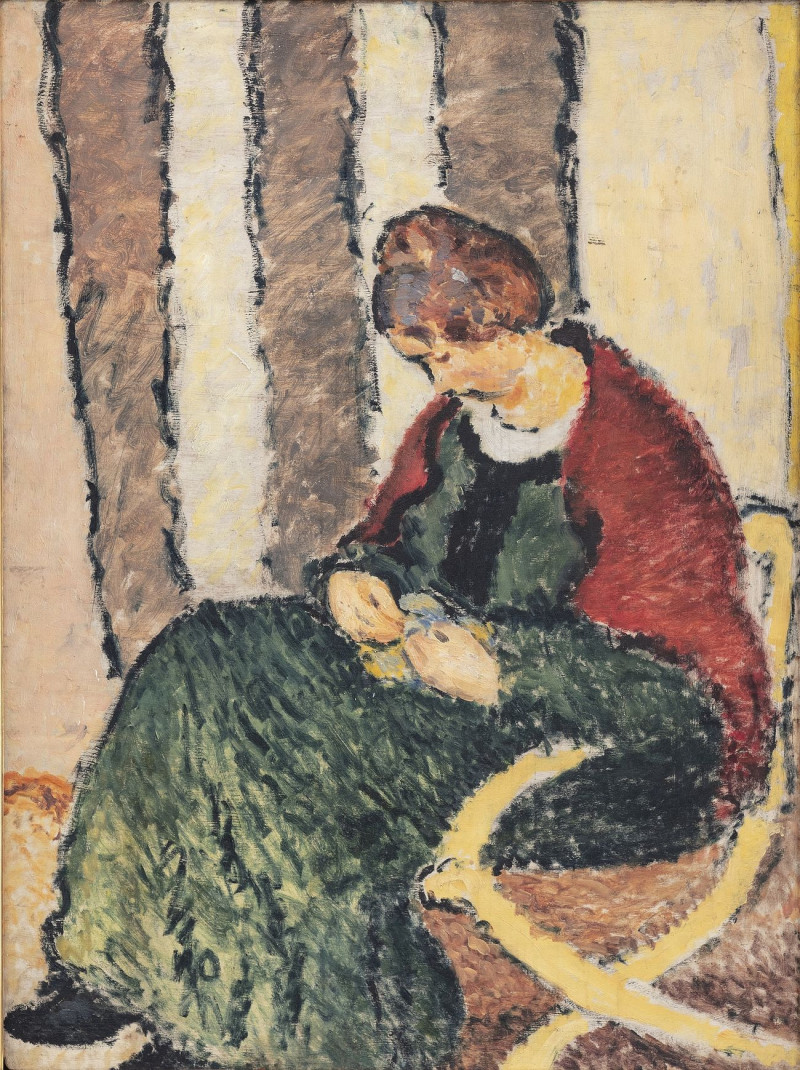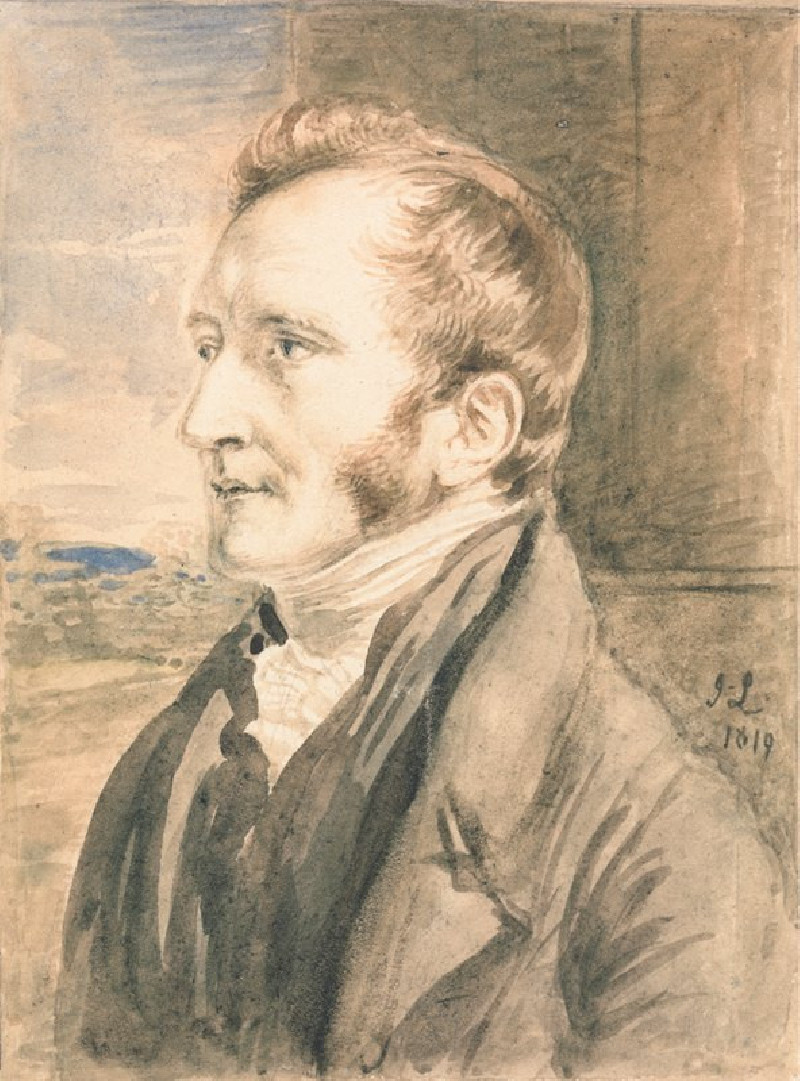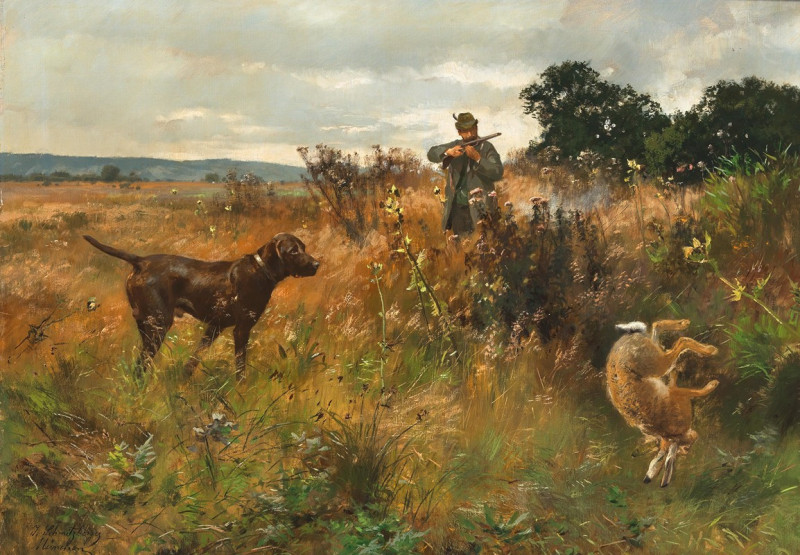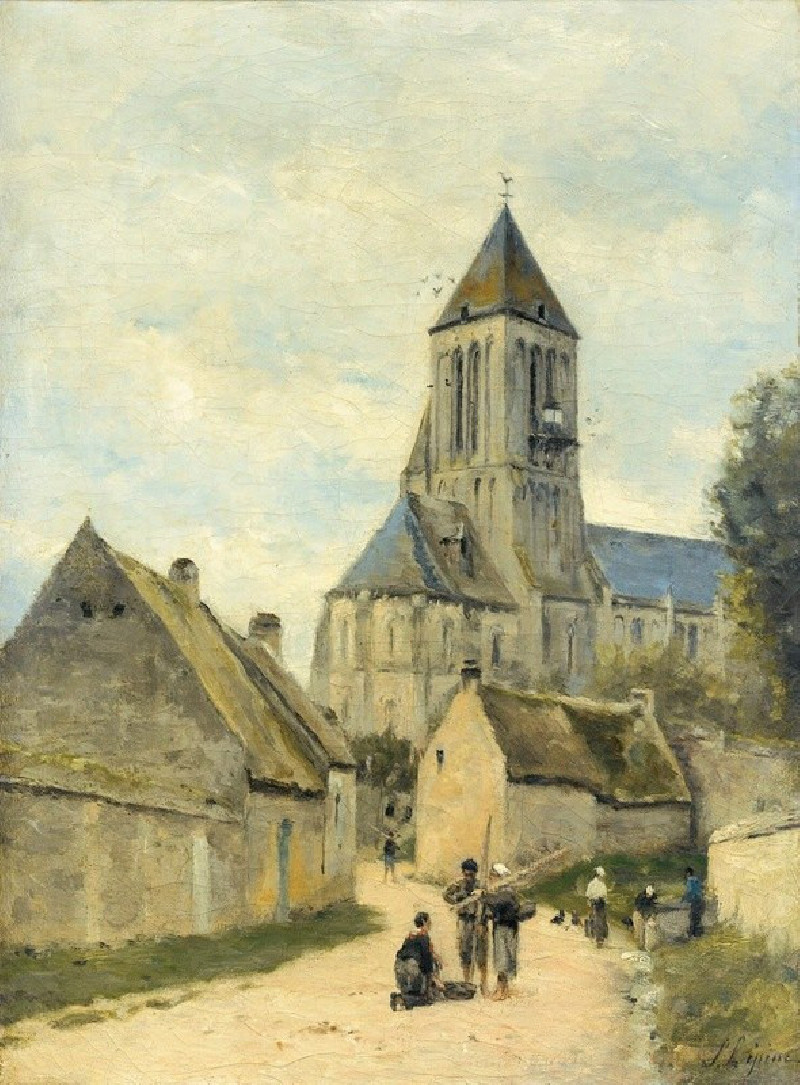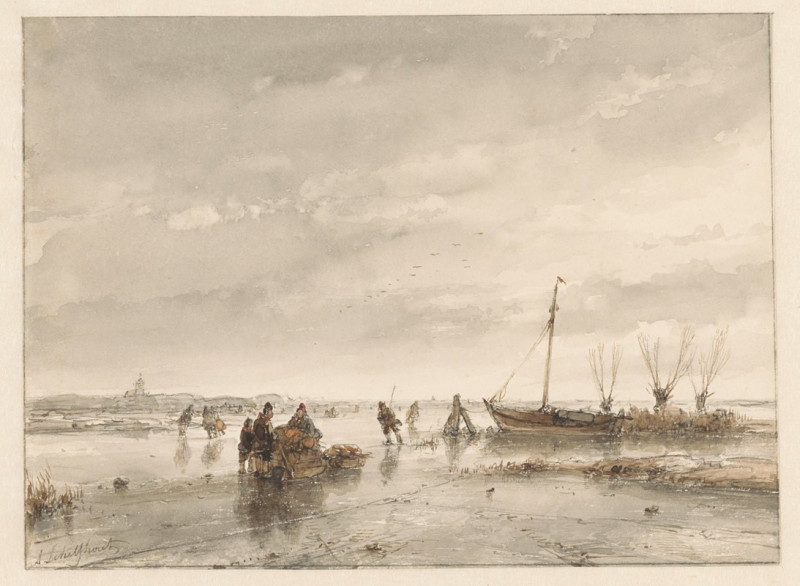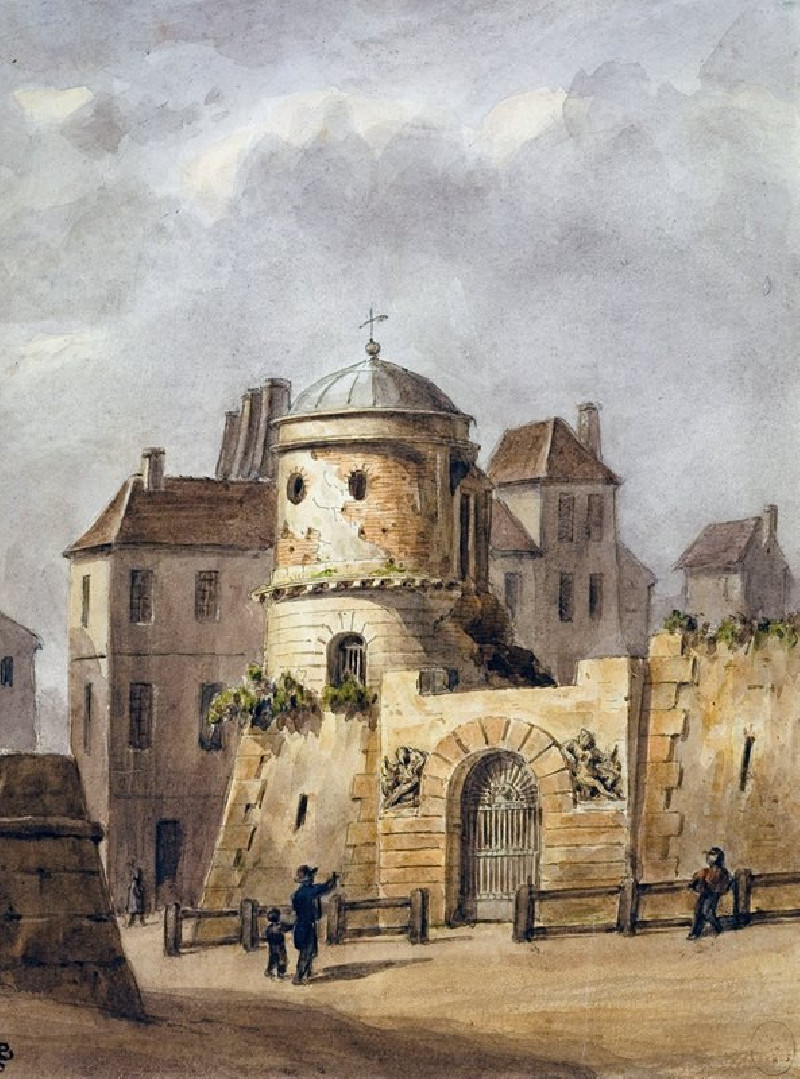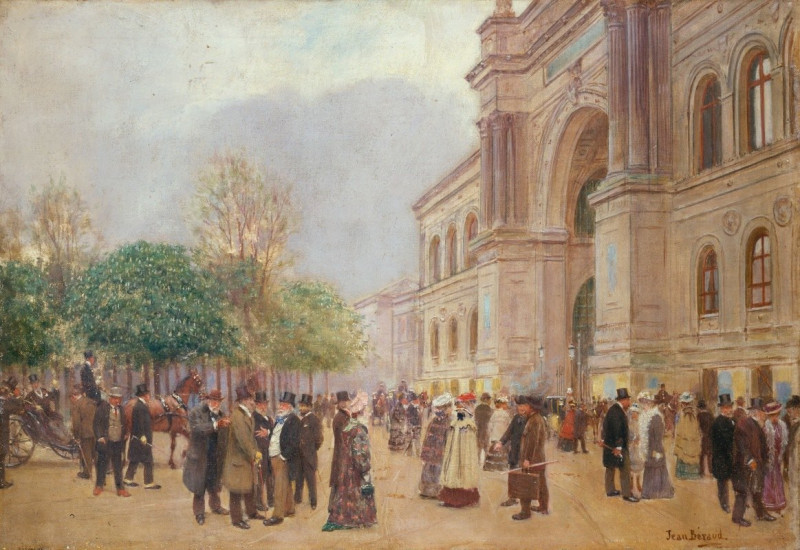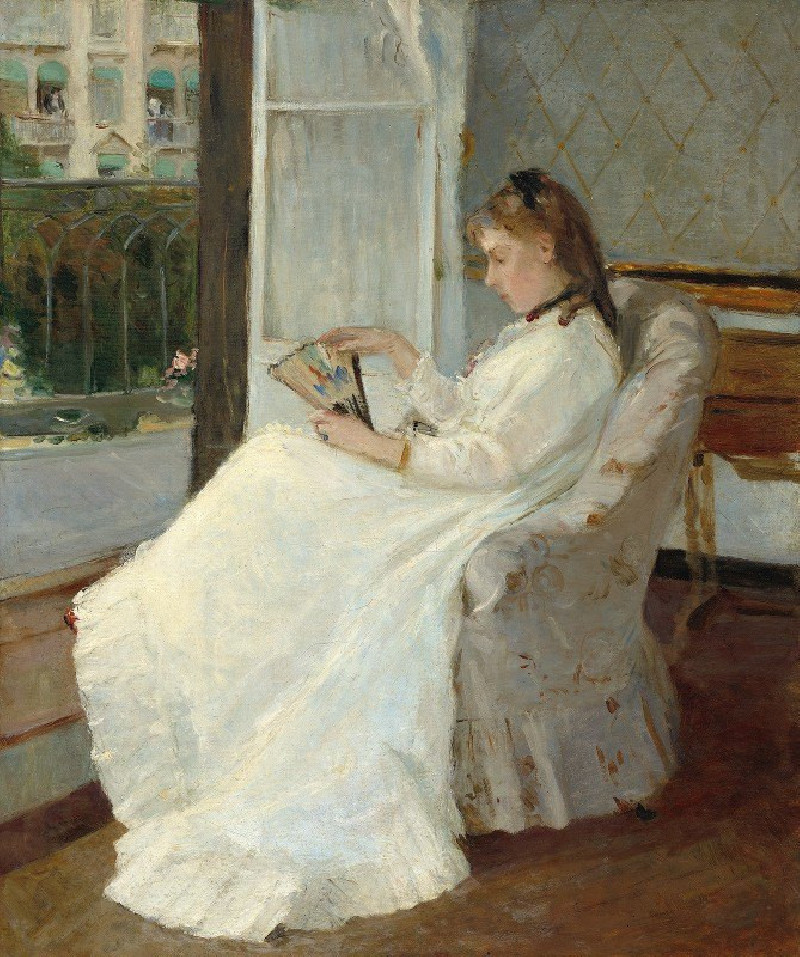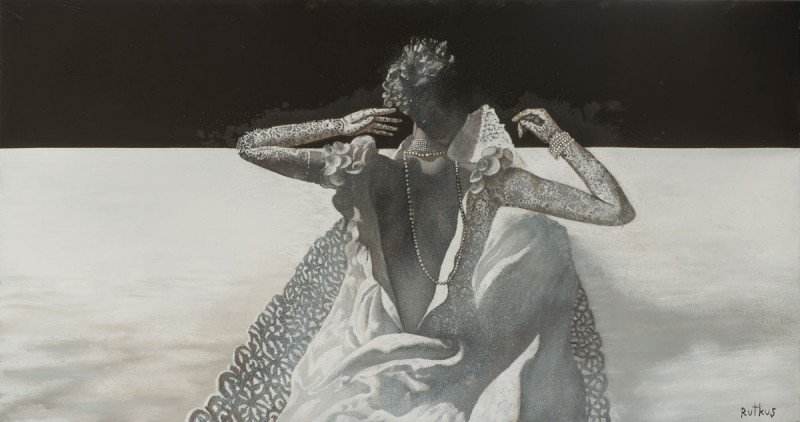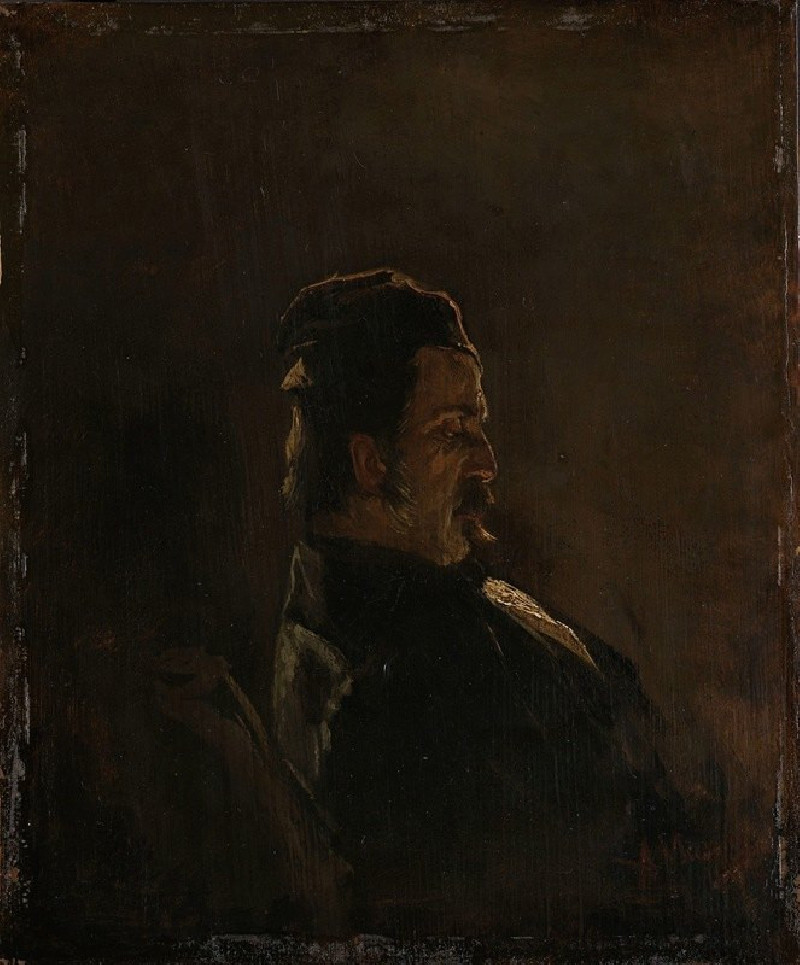Florian Gate in Cracow from the windows of the Academy of Fine Arts (1903)
Technique: Giclée quality print
Recommended by our customers
More about this artwork
The painting titled "Florian Gate in Cracow from the windows of the Academy of Fine Arts" by Leon Wyczółkowski captures a unique and historic perspective of Kraków. Created in 1903, this work allows viewers to travel back in time to the early 20th century through the eyes of a master.In the painting, the Florian Gate, a notable Gothic-style city gate, stands prominently amid a snow-covered landscape. The muted shades of brown and white suggest the chill of winter, while the textured application of paint enhances the rustic ambiance of the cityscape. Distinctive features such as the snow-laden rooftops and bare, twisting branches of trees add to the serene yet somber atmosphere, highlighting the quiet beauty of Kraków during winter.Wyczółkowski's use of perspective from the windows of the Academy of Fine Arts provides a unique vantage point, presenting not only an architectural landmark but also the daily life and environment of the city during that era. This painting not only serves as a historical document but also as a testament to the artist's deep connection with his native Polish landscape.
Delivery
Returns
Leon Jan Wyczółkowski was one of the leading painters of the Young Poland movement, as well as the principal representative of Polish Realism in art of the Interbellum. From 1895 to 1911 he served as professor of the Jan Matejko Academy of Fine Arts (ASP) in Kraków, and from 1934, ASP in Warsaw. He was a founding member of the Society of Polish Artists "Sztuka" (Art, 1897).

